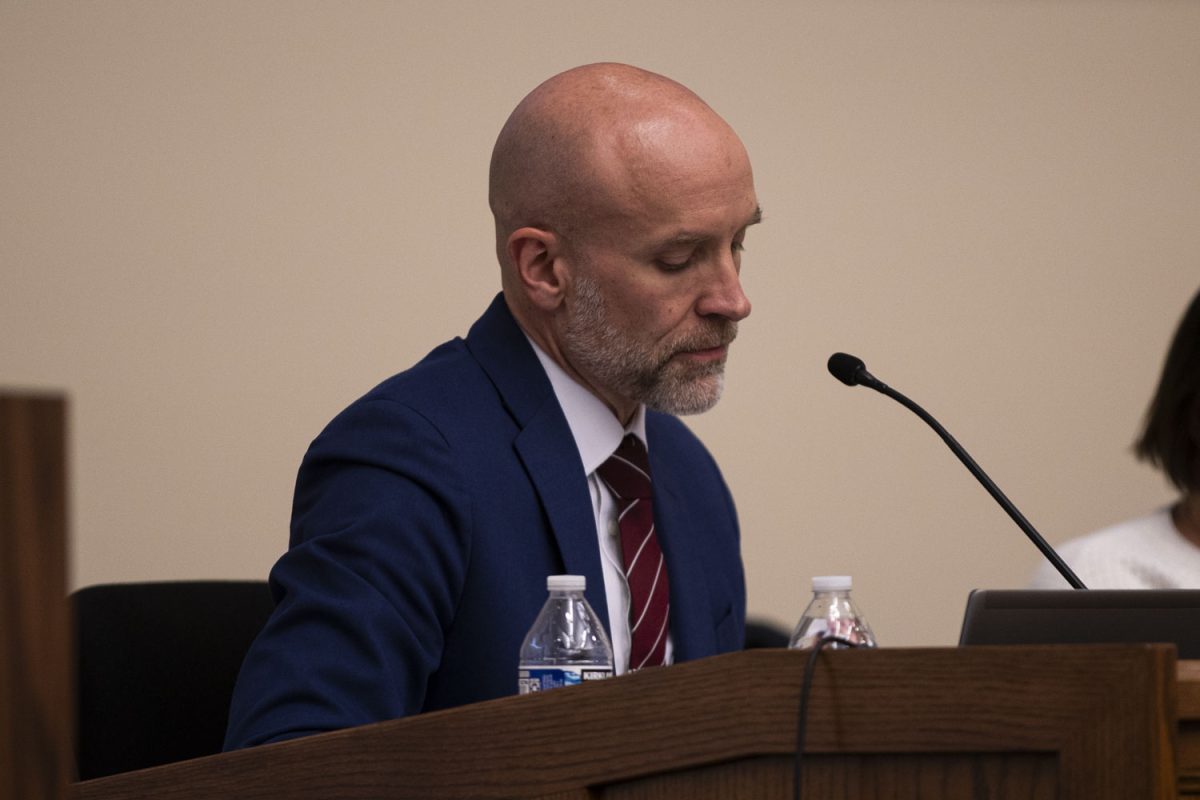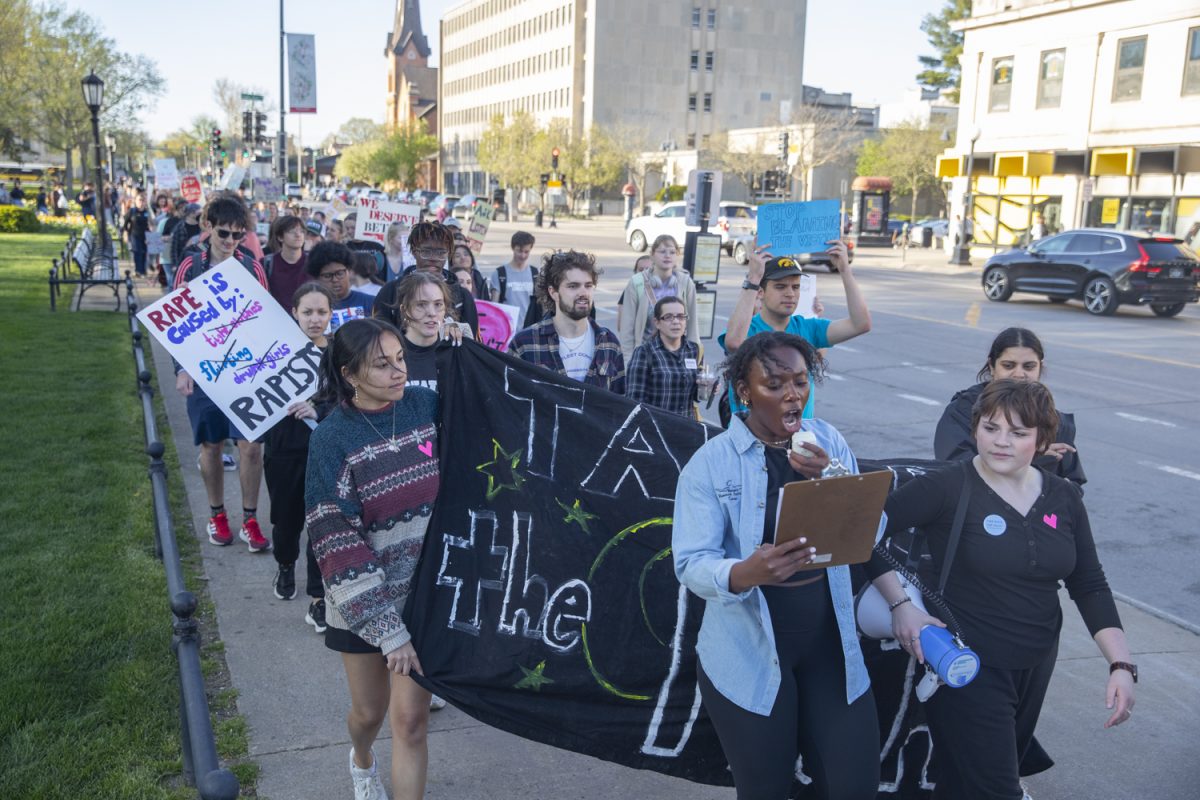Research recently released by the city shows Iowa City’s economic potential is substantial and may be more attractive for businesses than what prior census counts show.
Divaris Real Estate has worked for the city since this summer, compiling data that will show businesses considering locating downtown the spending power Iowa City resdidents have.
"Household income is a key point of information businesses look at when deciding where to locate," said Wendy Ford, the Iowa City economic-development coordinator. "It shows how much spending power there is."
The company partnered with members from the University of Iowa in order to compile the data. Prior to this survey, census counts of Iowa City’s average income didn’t factor in college students who reported an income of zero dollars. The new figures account for students’ families’ incomes.
The results show Iowa City’s average household income is $60,600 within a three-mile radius, factoring in UI students’ and their families’ incomes. Without students’ incomes, the average household income of Iowa City is slightly more than $90,000.
The city contracted with Divaris in June, and the company finished this past month, Ford said.
The study also found UI students average a household income of more than $81,000.
This new study will be presented to city officials at the Dec. 6 special work session by John Millar, a representative of Divaris.
Millar declined to comment on the study until the presentation to city officials.
"I think it’s going to be really useful information for us," said Jeff Davidson, the Iowa City director of planning and community development. "What [Millar] has tried to do in his study and report is come up with options for us and some strategies for us that will help us attract retailers for downtown."
Davidson also said the study indicates a more accurate picture of wealth in Iowa City than the numbers without students’ families factored in.
"[The study] will make those retailers understand how the amount of money circulating in a college community is probably understated if they’re using the same set of metrics," he said. "We want to indicate to the retailers that there’s more wealth here than they indicate and to make a decision to locate here in downtown Iowa City."
City Councilor Regenia Bailey said similar efforts have been in place in Iowa City in the past.
"We did one a couple of years ago that I was probably more directly involved with," Bailey said. "They’re initiatives promoted a lot through contacts and people with the university and our partnership with the university."
Bailey said there is no schedule for such studies.
Partnerships such as this one may also benefit marketing efforts by the Iowa City Downtown Association as well as the newly proposed self-supporting municipal-improvement district.
"Whether or not the district is approved, there will be staff people who could implement or use this information in marketing vacancies that would come open in downtown Iowa City or the Riverfront Crossings," Ford said. "It covers a wide swatch of the central Iowa City area."






